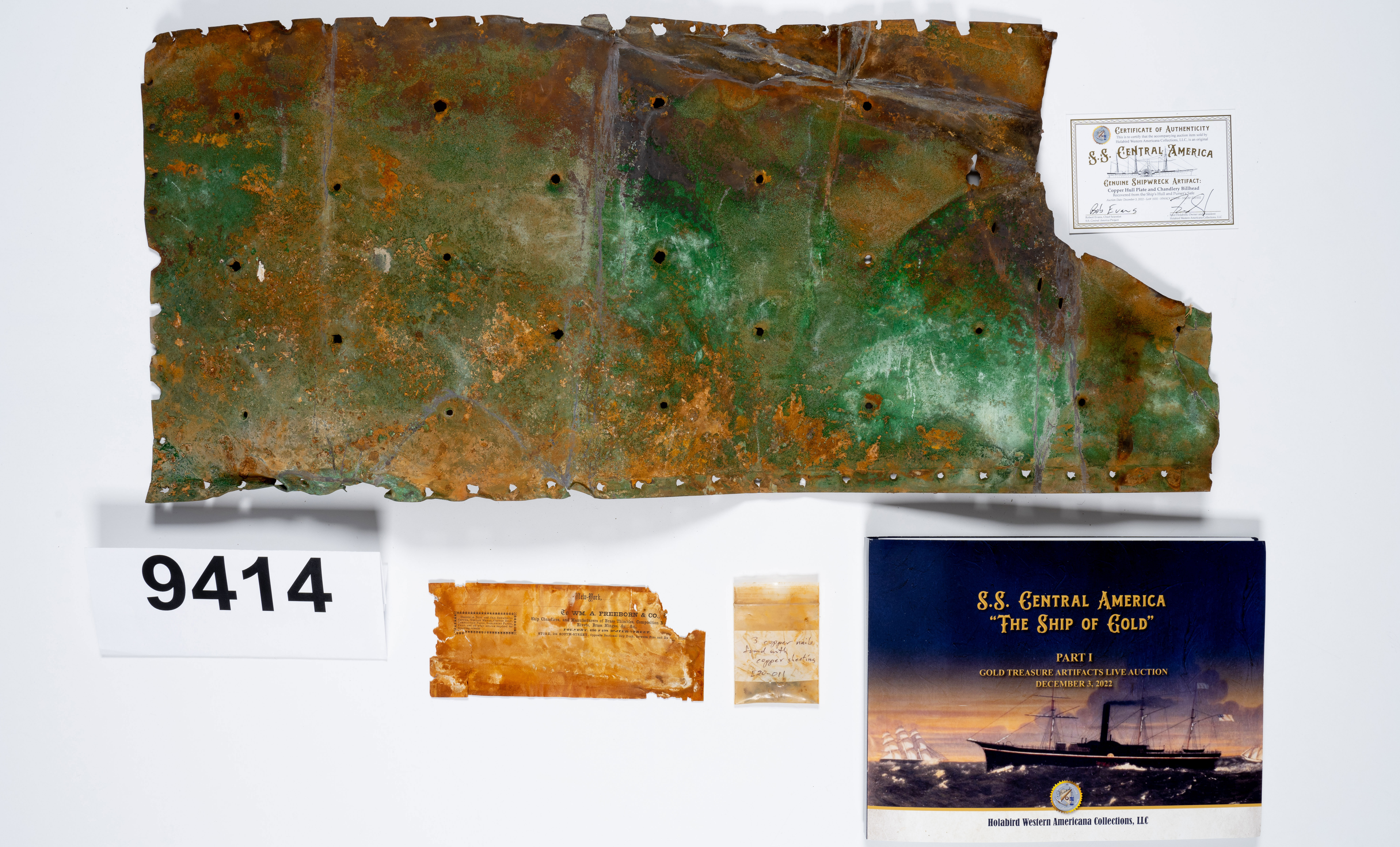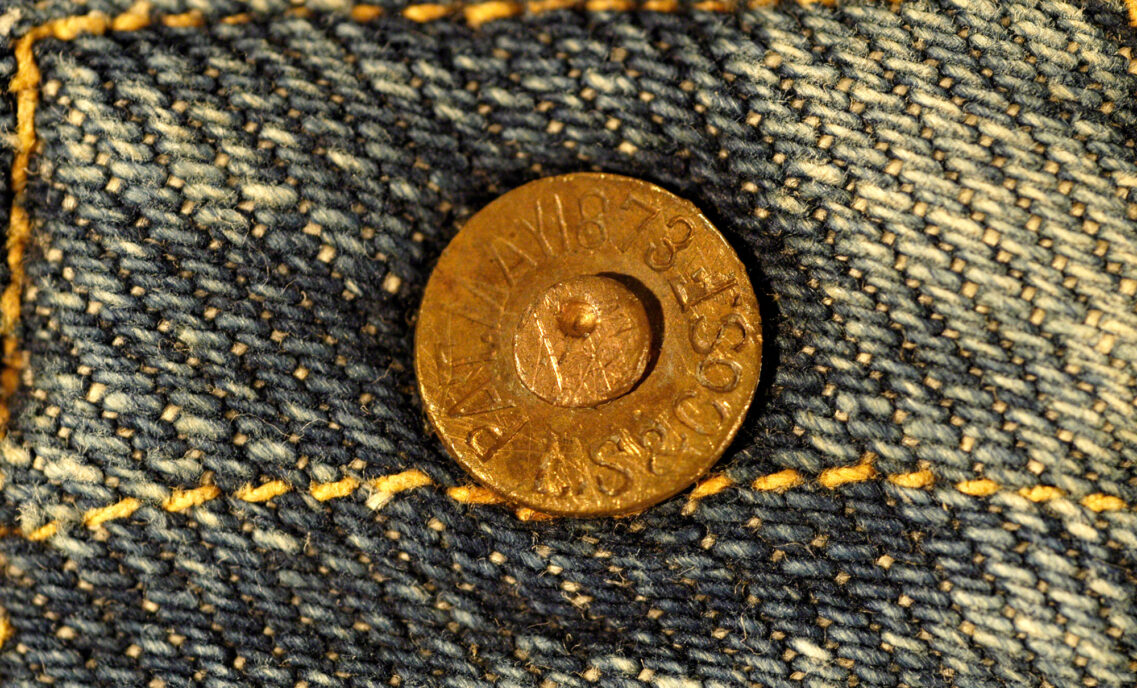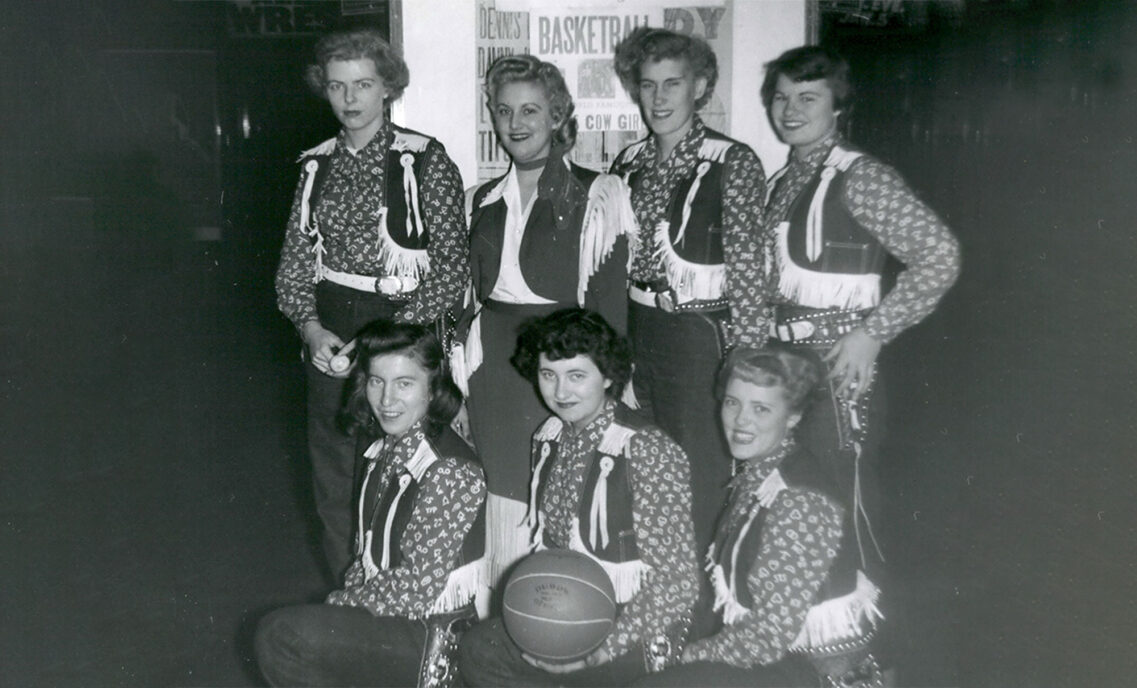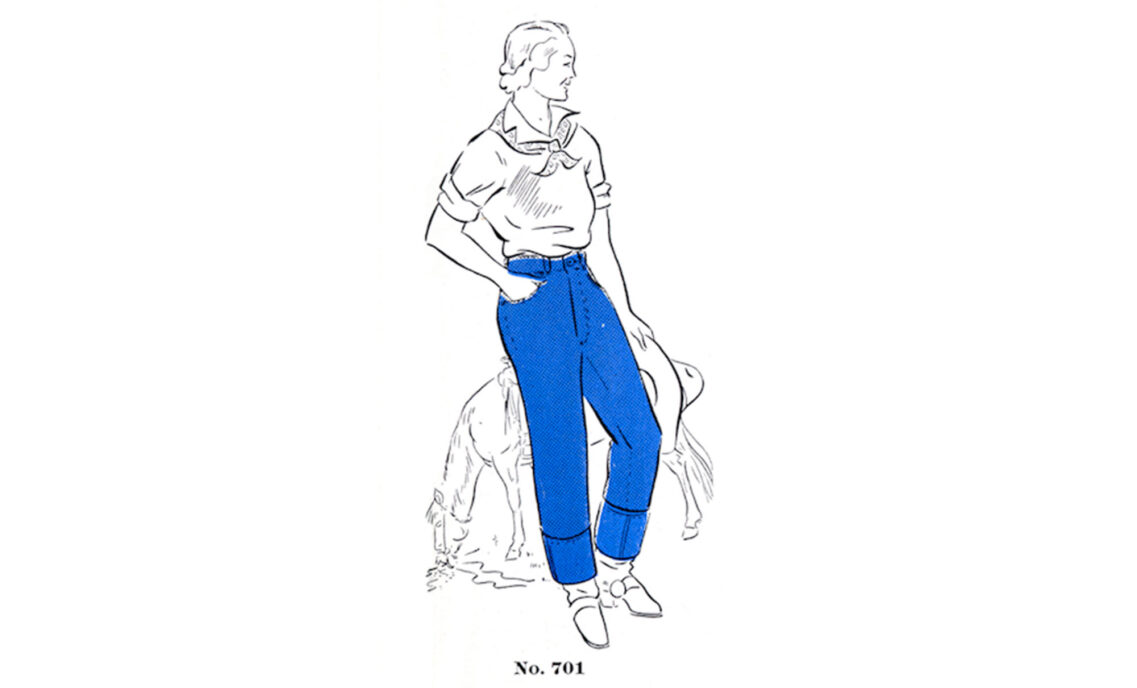In September 1857, four years after setting up his business in San Francisco, Levi Strauss faced a major setback. S.S. Central America “Ship of Gold,” a ship carrying treasure that Levi was sending to New York, was shipwrecked in a hurricane off the coast of the Carolinas — taking not only the treasure but also its 425 passengers. The sinking still ranks as one of the worst shipwrecks in U.S. history.
Artifacts recovered from the ship were recently auctioned off, including a large copper hull plate from the front of the ship, which is the newest addition to the Levi Strauss & Co. Archives.
Gold Rush Era Time Capsule
The sunken ship was a time capsule of Gold Rush-era artifacts and gold. Two locked rooms near the back of the ship held 10 tons of gold cargo in coins, nuggets, dust and ingots. This treasury represented the work of thousands who flooded into California, panning and prospecting for gold.
Passenger possessions aboard the ship ranged from leather gloves and stockings to pocket watches, receipts, a glass plate daguerreotype capturing one woman’s ghostly image, luggage tags and a gold-lettered cup with the inscription, “To My Mother.”
Other items offer a glimpse into tools of the times. A whale oil lamp, chamber pot and octant navigational instrument numbered among the ship’s contents. Ship hardware ranged from timbers with brass spikes to a rigging eye with chaffing gear — the ship’s deck sail hardware.
Recovery
The ship was discovered more than a century after its loss. Recovery efforts began in 1988. A custom-built submarine dubbed “Nemo” was used to retrieve items from the ocean floor, many corroded or encrusted with decades of ocean debris. It took years to settle ownership litigation and conserve the salvaged materials.
Gold recovered from the ship was eventually auctioned off starting in 2000, followed by artifacts in December 2022. Ship items for sale included a bell, boiler steam gauge, dining room plates, cutlery and even the purser’s master keys to the treasure rooms.
Shipwreck Jeans Speculation
Speculation that a pair of button-fly pants found on the ship might be early Levi’s® jeans led to a bidding surge and a sale of $114,000, creating media buzz.
Given the fact that LS&Co. received a patent for riveted pants — Levi’s® 501® jeans, the first modern blue jean — 16 years after the Central America sank meant there was no reason to suspect the pants were Levi’s® jeans, but I was eager to see them. I attended the auction in person and examined the artifacts, including the pants, firsthand.
There were several other reasons that pointed to the pants not being Levi’s® jeans. The original owner, John Dement, was a well-off passenger, not a blue-collar worker who typically wore Levi’s® early waist overalls. Additionally, button-fly pants were more common in the 19th century, and the Dement pants were white, not denim. More importantly, there were no rivets on the Dement pants, no Levi’s® branding and no suspender buttons like the first 501® jean.
The Dement pants were also more tailored than early Levi’s® riveted jeans and have five fly buttons instead of four, with an unusual fly design of extra side buttonholes. Interestingly, there was also another pair of button-fly Dement pants without any speculative links to Levi’s® that only sold for hundreds.
A Historic Lesson
Business was flourishing when Levi received the terrible news of the ship sinking on October 22, 1857. San Francisco news reported the loss as a “great and sorrowful calamity,” as many residents had friends or relatives from the city numbered among the dead. It was also a financial catastrophe for Levi Strauss & Co. and other merchants.
Levi had shipped $76,441.79 in treasure aboard the sunken Central America. The near $80K figure placed Levi among the top 10 cargo holders aboard ship, just behind banks like Wells Fargo, and illustrate Levi’s astonishing and early success.
Despite the massive loss, Levi carried on with business, demonstrating a resilience that remains a hallmark of Levi Strauss & Co. today.
Now in the Archives
I bid on several items at last December’s auction, including a leather gold poke bag used to hold gold dust and a brass and wooden handle. The largest and most colorful item I acquired was a piece of the ship itself.
The S.S. Central America’s copper hull plate, now in the Archives, is a nod to the copper that would eventually become a tiny but key innovation in the birth of the modern blue jean: rivets. The copper hull plate is also a visible testament to Levi Strauss & Co.’s storied early history of success, loss and survival.
Go the behind the scenes with me at the auction in our latest From the Levi’s® Archives YouTube video.







